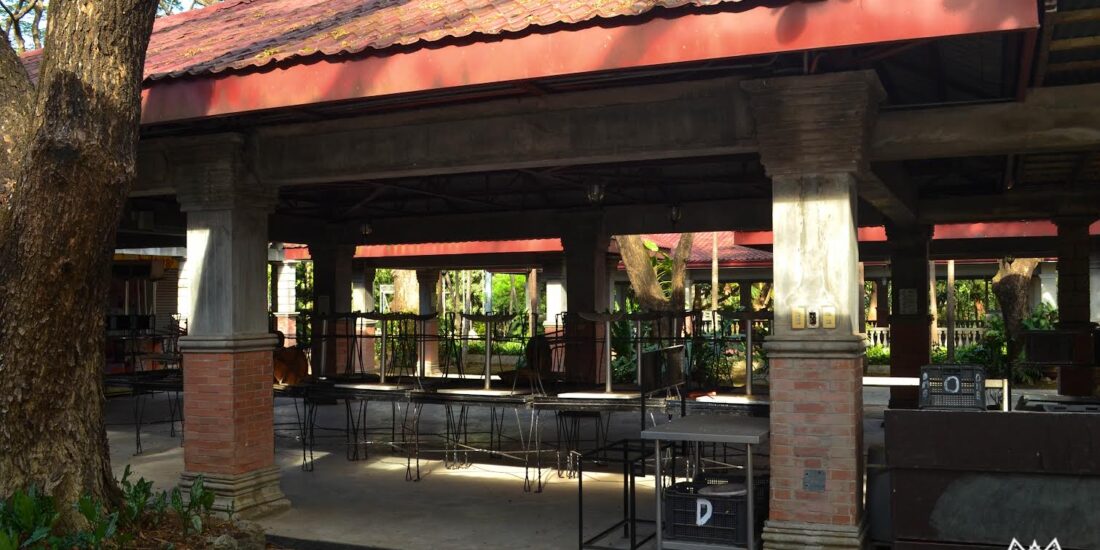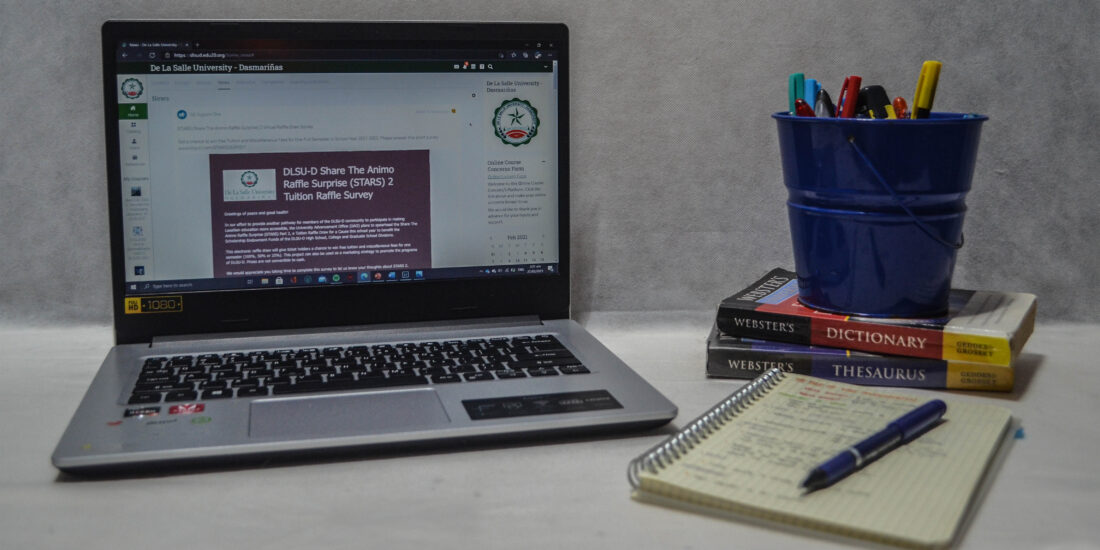Panic buying manifests people’s attempt to regain control in times of uncertainty
We’ve seen it in the news, and even in social media—reports of people lining up in the supermarkets and grocery stores buying supplies in bulk. There has been a surge in purchases of sanitizers, disinfectants, water, and food supplies as the fear of the increasing coronavirus disease 2019 (COVID-19) cases is before us. And it seems to be that this scenario has only progressed further.
Following the increasing number of confirmed cases in the country, many Filipinos are hoarding medical supplies and other vital commodities as a way of preparation in case the situation worsens. Problems that have emerged due to the disease outbreak have also shifted to the socioeconomic aspect which concerns those who cannot afford the same privilege. But why does this happen? And what does this say about the situation that we are in today?
Not your typical grocery store run
It’s not something you see everyday in a supermarket—empty shelves depleted of supplies. But then again, a lockdown is also not your everyday scenario, until the days leading to the declaration of the Luzon enhanced community quarantine on March 16.
A side effect seems to have emerged due to the disease outbreak, one that strips store shelves bare of supplies in supermarkets. Panic buying is a phenomenon that occurs amid a crisis that predicts a possible shortage of supply. Consequently, the perceived shortage of supply becomes a reality that can take away the necessities from the people who need it the most, like medical supplies for health workers in the frontline of battling the disease outbreak.
With the health sector facing such shortage, state-owned Philippine General Hospital appeals to the public for donations of masks (both surgical and N95), 70 percent ethyl alcohol, face shields and surgical gowns.
Why panic buying happens
The question as to why panic buying happens leads to a complex discussion about our reaction to an unprecedented event, in this case, a pandemic that affected over a hundred countries today. There are still questions about the effects that the pandemic would bring not only in terms of public health but also in one’s everyday lives. This uncertainty surrounding the disease outbreak manifests in the change of consumer behavior.
One reason is rooted in our inherent sense of control being threatened in such trying times, which drives people to panic-buy. “Panic buying is fueled by anxiety and a willingness to go to lengths to quell those fears: like queuing for hours or buying way more than what you need,” Steven Taylor, a professor and clinical psychologist in University of British Columbia says. The herd mentality also adds to this phenomenon of panic buying. Seeing that panic buying is happening could prompt people to engage in panic buying as well. This is where the concept of loss aversion comes to play, where the idea of not wanting to miss out and lose is at hand. “Images of empty shelves and shopping carts piled high with supplies have inundated news reports and social feeds. People see images of panic buyers, assume there’s a reason to panic and buy up supplies, too,” clinical psychologist Steven Taylor states in an article.
But the thing is, not everyone can afford to stock up on supplies that would last during the period of quarantine, which points to panic buying being a socioeconomic issue that highlights inequality. It turns panic buying into a discussion on privilege because a person who lives on a day-to-day paycheck cannot afford to stockpile on supplies as much as a rich person can.
***
What comes next is uncertain, and it’s a reason why panic buying occurs. But aside from panic buying, one can make informed decisions before actually rushing to a grocery store. Preparing a list of what to buy may help in avoiding or at least, reducing panic buying. After all, depleting supplies off of store shelves in hopes of being safe is different from disaster preparation that mitigates the effects of risks. While we keep one’s own needs in mind, it’s also worth noting everyone else’s needs in times like this.
As Zeynep Tufekci sums up in a post for Scientific American, “We should prepare, not because we may feel personally at risk, but so that we can help lessen the risk for everyone. We should prepare not because we are facing a doomsday scenario out of our control, but because we can alter every aspect of this risk we face as a society.”
Illustration by Maki Wada





